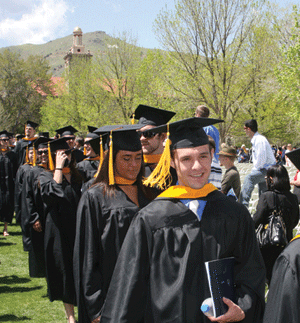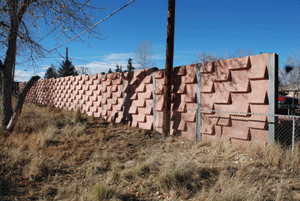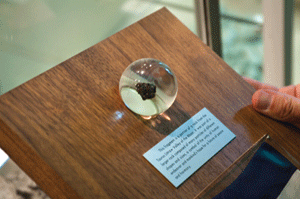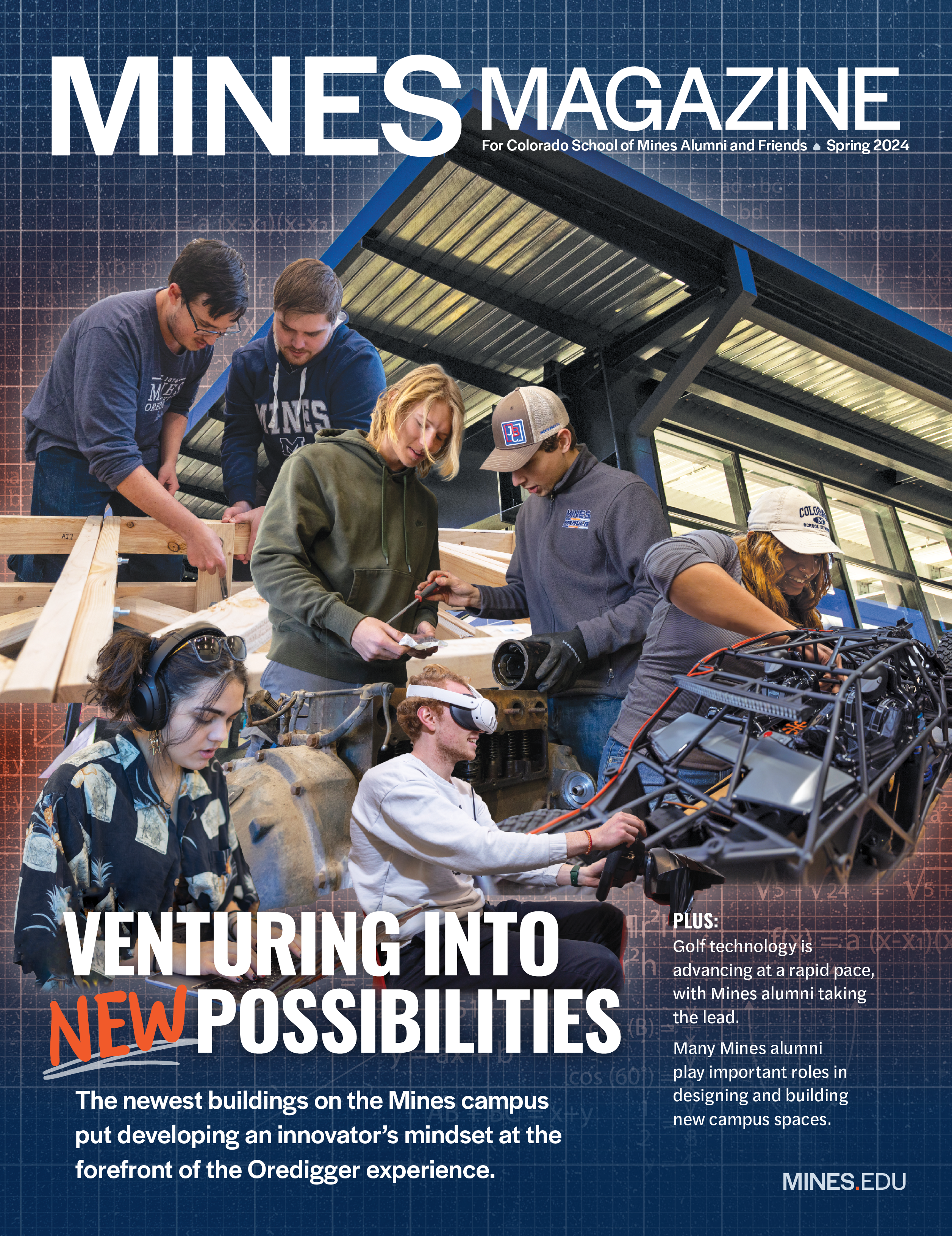A collaboration like no other

No one is quite sure when Mines and the United States Geological Survey began working together. Faculty and government scientists were likely comparing notes long before the agency built the Geological Hazards Science Center on the Mines campus in 1977.
But on one point, everyone agrees: Both institutions have achieved results they never would have obtained without the help of the other.
For Mines, collaborating with the USGS has allowed researchers to work on a broad spectrum of projects.
“They have a very active group in mineral resources, so there’s been a lot of interaction in that area,” said Richard Wendlandt, emeritus professor of geology and geological engineering. “I’ve worked with them on projects ranging from gas hydrate research to the petrology of the Earth’s mantle and lower crust. It’s been quite a diverse range.”
But Mines students see the biggest benefits. USGS researchers help students with logistics, an important part of geological research. “They bring good field support and help us get into difficult areas,” said Wendy Harrison, professor of geology and geological engineering, who recalled USGS scientists helping doctoral students find appropriate locations for research on mining contamination and how fluoride gets into groundwater.
More than 100 dissertations and over 50 master’s theses have been completed with USGS help. “We get funding for our students from their research fellowships and grants, and we get the scientific input of people who are top in their fields,” said Steve Enders, professor of geology and geological engineering and director of subsurface frontiers.
And that’s not to mention the access to advanced equipment. “Students take advantage of world-class analytical facilities at the USGS Federal Center that don’t exist at Mines,” said, Wendlandt referring to the electron microprobe he’s used to analyze minerals at a very fine scale and the high-precision laser spectrometers students use to examine micrometer or nanometer-size rock slices.
But the benefits of collaboration go both ways. “Mines’ faculty, postdocs and graduate students often have a combination of skills and expertise we can’t readily find in the federal government,” said Peter Griffiths, USGS regional deputy director of operations.
And after many years of successful collaboration, this partnership is expanding—more USGS scientists will join Mines students and faculty on campus, where researchers will work on problems related to the energy transition, mineral resources, underground infrastructure and more.
According to Wendlandt, “The opportunities for expanding the collaboration are going to be huge.”






I know a lot about when USGS came to the Mines campus as I was head of the Survey earthquake program then and brought them there. Pls let me know if you’d like to know more. I graduated from CSM in 1958, with high honors, distinguished military grad, and Later Distinguished something or other. Bob Hamilton